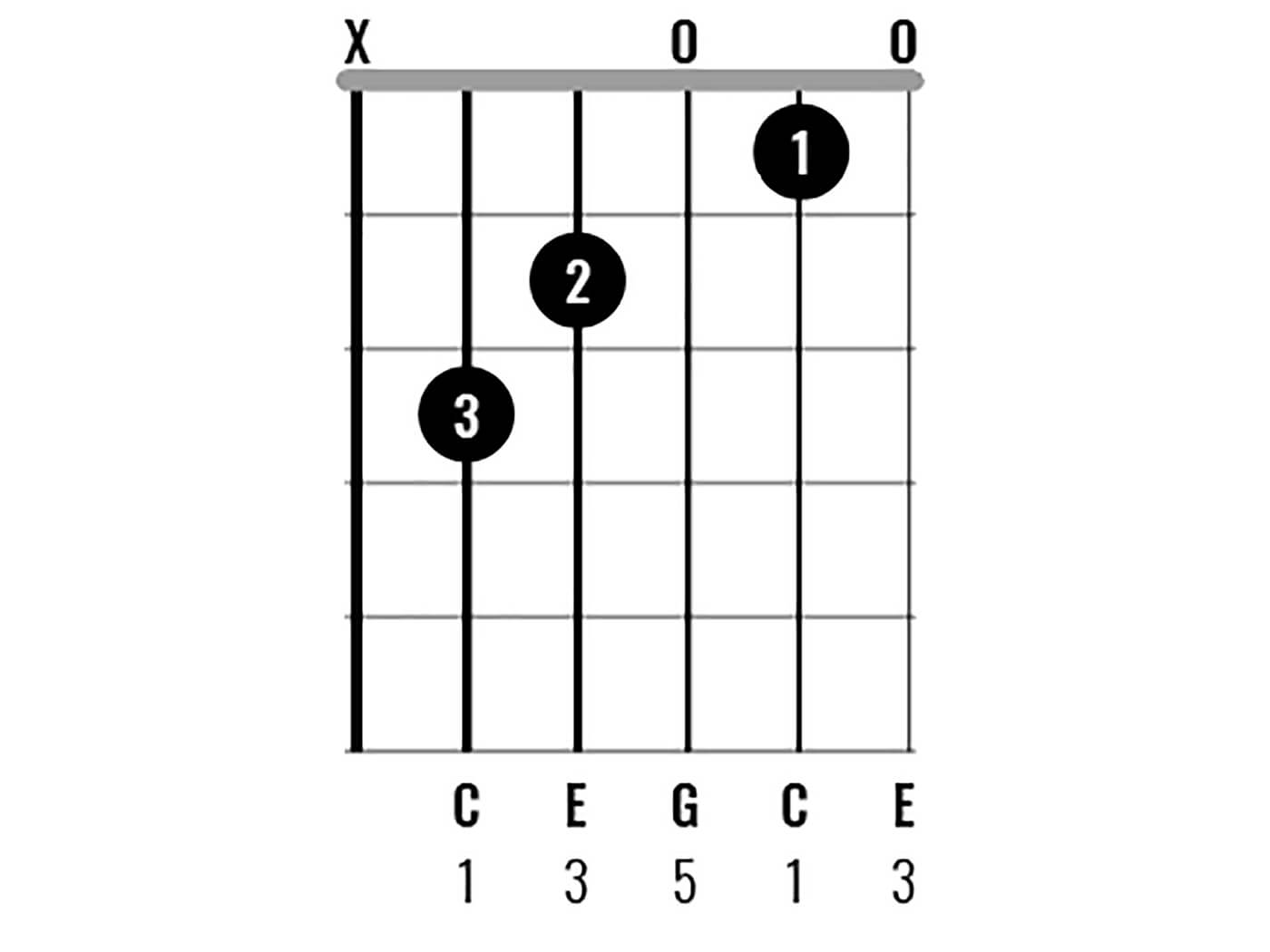Introduction to Guitar
How to Read Chord Diagrams
Introduction
As a beginner guitarist, one of the first things you'll need to learn is how to read chord diagrams. Chord diagrams are a visual representation of the guitar neck, with dots and lines representing the position of your fingers on the fretboard. By learning how to read chord diagrams, you'll be able to play a variety of chords and songs on the guitar.
Basic Chord Diagram Anatomy
A chord diagram consists of a grid that represents the guitar fretboard. The horizontal lines represent the guitar strings, while the vertical lines represent the frets. The dots on the diagram show where to place your fingers on the fretboard. The numbers inside the dots indicate which fingers to use for each note.
Example Chord Diagram
Let's look at an example chord diagram for the basic C chord:

In this diagram, the horizontal lines represent the strings, while the vertical lines represent the frets. The dots on the diagram show where to place your fingers on the fretboard. The number inside the first dot indicates to use your first finger, the number inside the second dot indicates to use your second finger, and so on.
Tips for Reading Chord Diagrams
Here are some tips to help you read chord diagrams more effectively:
Pay attention to which finger is used for each note. This can help you position your hand more comfortably and efficiently.
Make sure you're pressing down on the strings firmly enough to produce a clear sound, but not so hard that it causes pain.
Practice moving between chords to help you develop muscle memory and improve your playing.
If a chord diagram is unclear or difficult to read, look up alternate fingerings for the chord or ask a more experienced guitarist for help.
By following these tips and practicing regularly, you'll be able to read chord diagrams and play a variety of chords and songs on the guitar. Good luck and have fun!